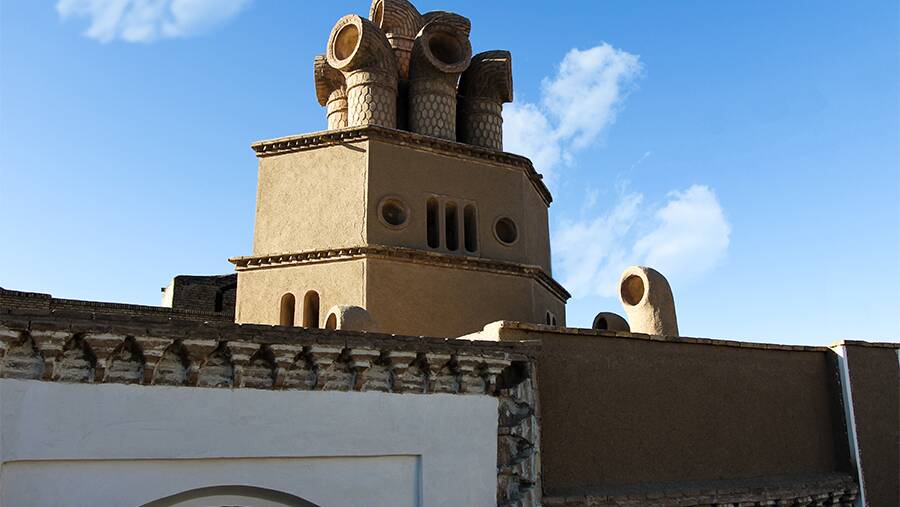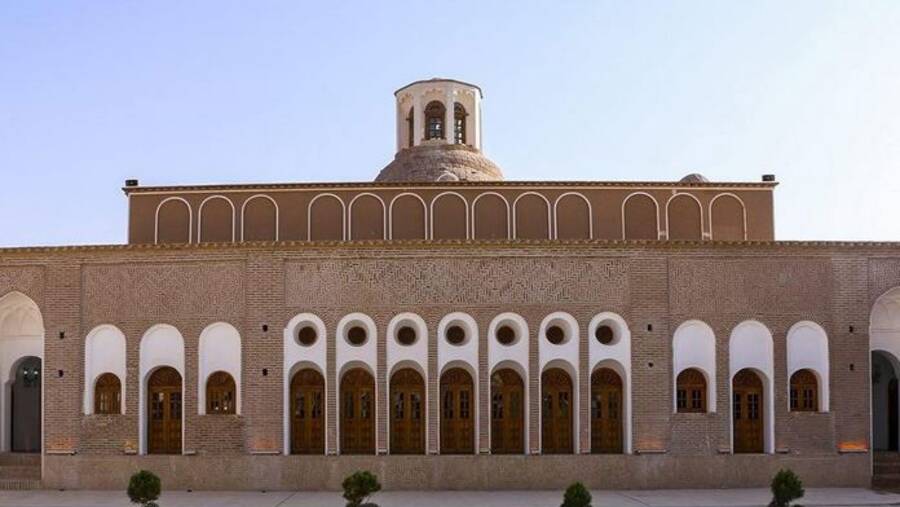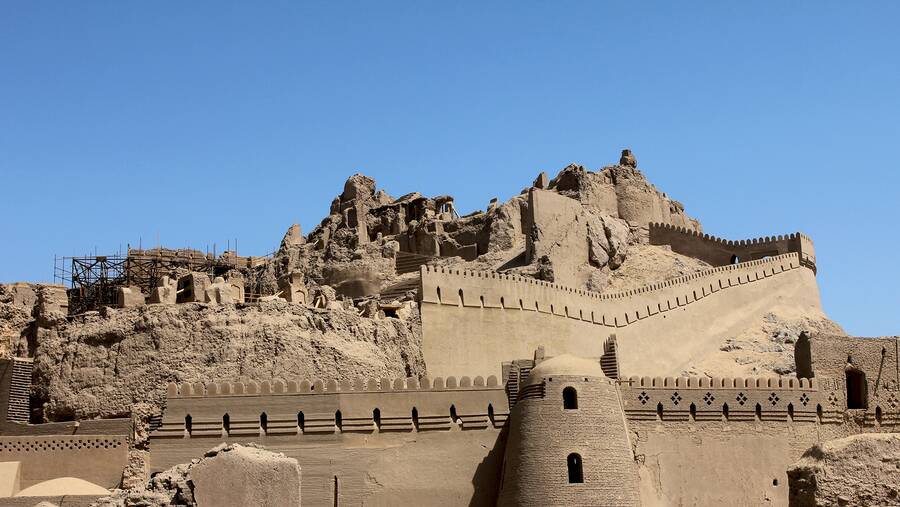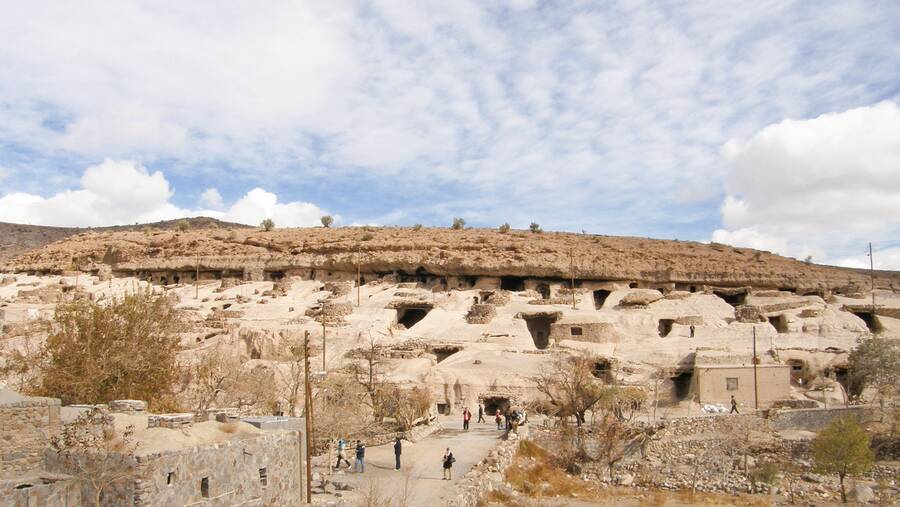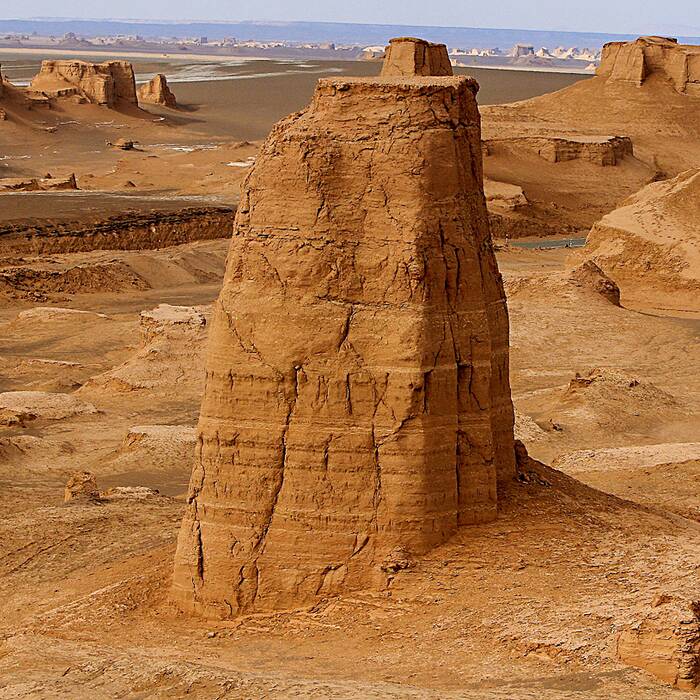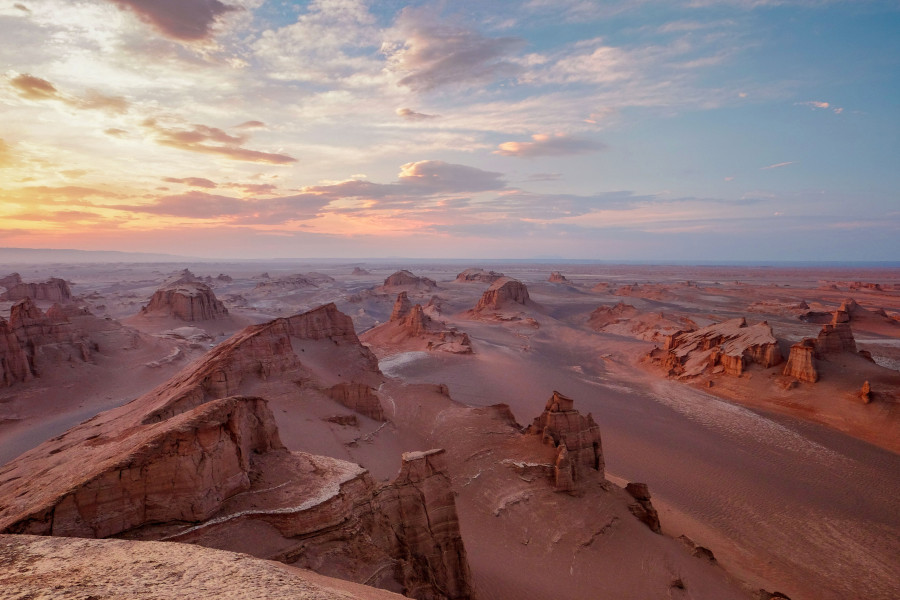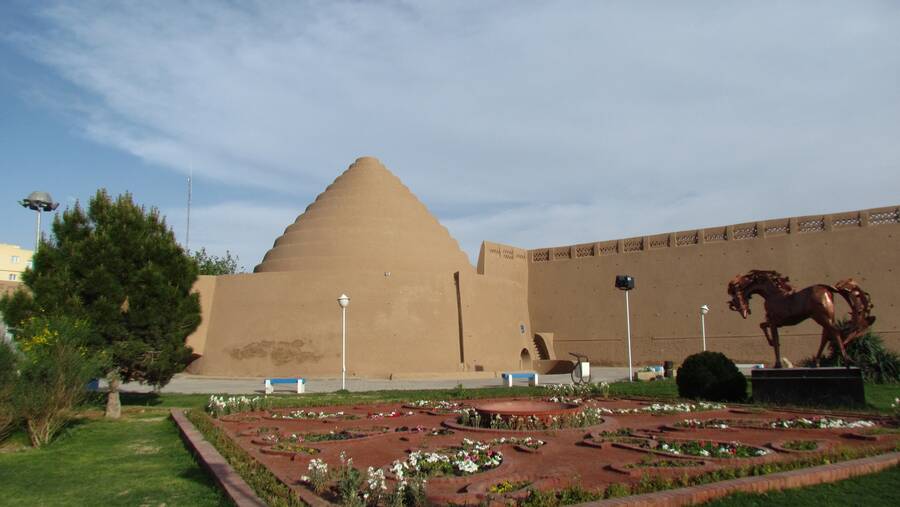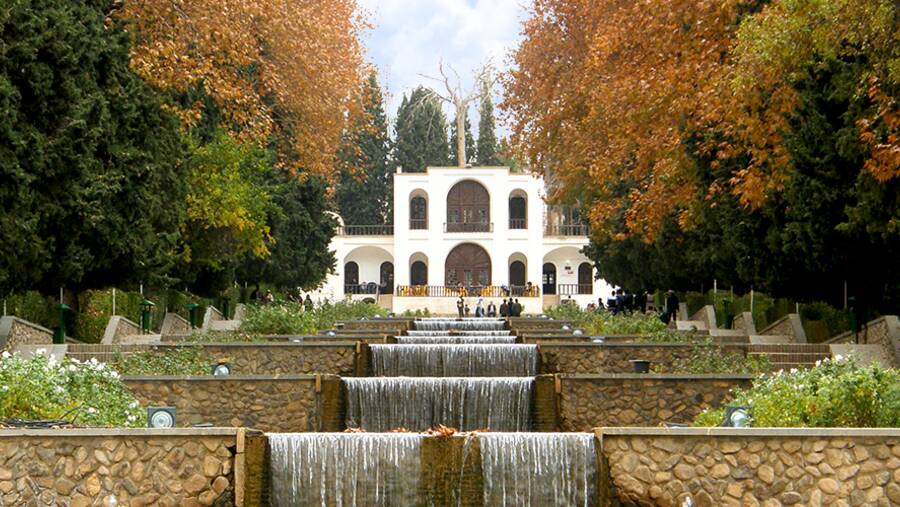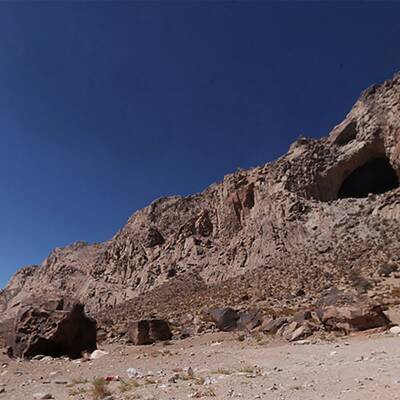Shahr-e Babak is located in the west of Kerman province at the height of 1845 meters above the sea level. This county is limited to Yazd province from the north, Sirjan county from the south, Rafsanjan from the east and Fars and Yazd provinces from the west. The climatic conditions of Shahr-e Babak plain are semi-desert and it is moderate in mountainous regions. Shahr-e Babak county consists 2 districts naming “Markazi”, ”Dehaj”, 4 cities as “Khorsand”, ”Shahr-e-Babak”, ”Jowzam“, ”Dehaj” and 9 rural districts. Shahr-e Babak is one of the most important and historical cities of Kerman province due to embracing the historical village of Meymand, Musa Khani edifice known as Vally mansion, ancient mosque of Shahr-e Kohne, Azarbagh temple and etc. Shahr-e babak enjoys a privileged economic and political position by situating on the southwestern region of Tehran-Bandarabbas transit road (golden road of Iran) and the communicational road of Shiraz and Isfahan, passing the railway of Bafq-Bandarabbas from this region and also having the great mines of copper, lead and zinc, silica, salt, turquoise, copper smelting plants, numerous stone cutting plants, milk and pasteurized dairy.
The major economy of Shahr-e Babak is based on gardening and livestock in addition to industry and mine. The people of Shahr-e Babak speak in Farsi with special and different dialects related to each region such as Meymandi, Dehaji, Qanat–alnuji. The religion of the people in this city is Islam and they are followers of Jafari Shia or Ismaeilian .Also, Sunni people (foreigners) and the followers of Bahai (in Dehaj) and a minor group of Zoroastrians live in this region, as well.
